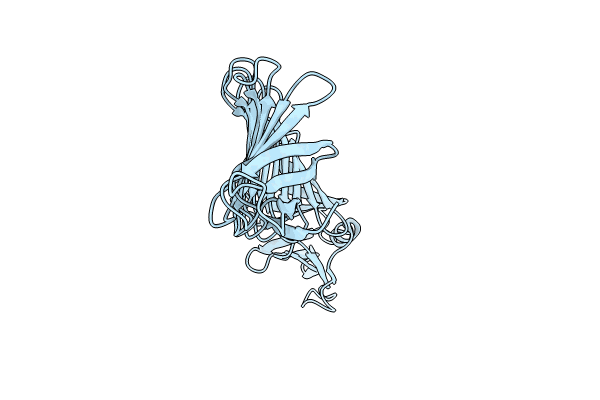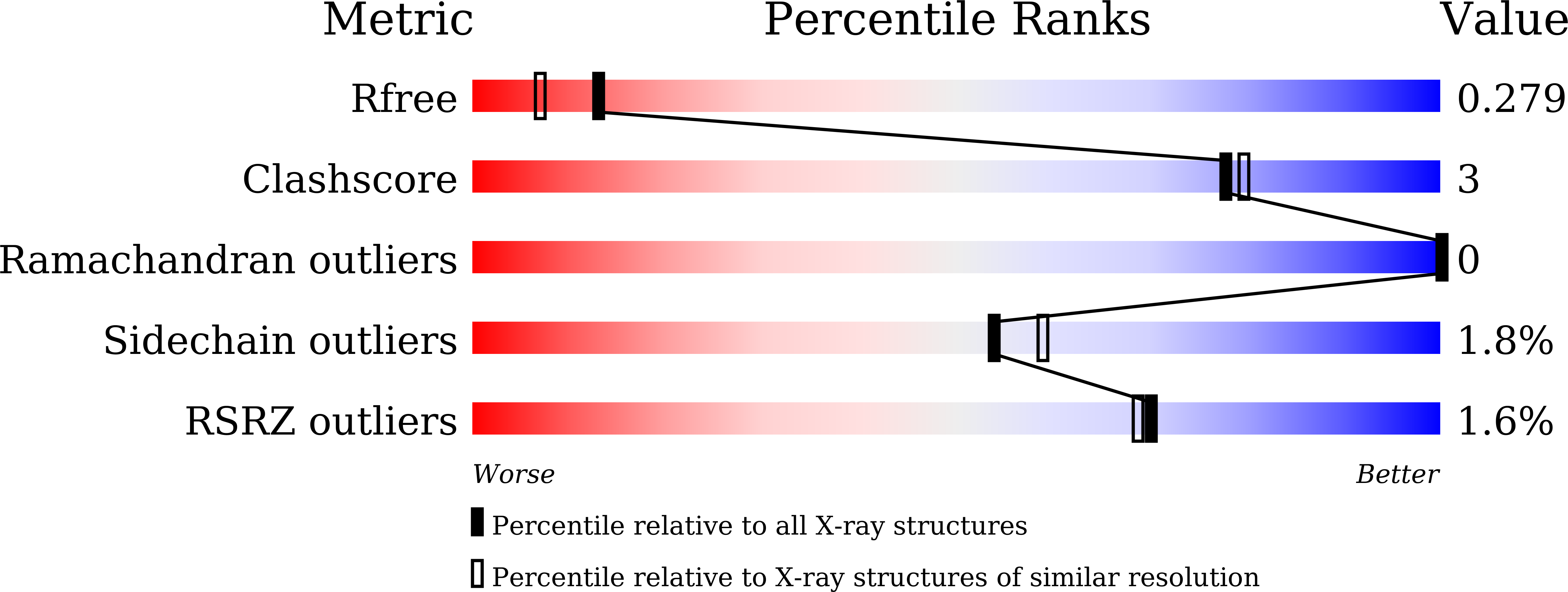
Deposition Date
2024-01-16
Release Date
2024-11-27
Last Version Date
2024-11-27
Entry Detail
Biological Source:
Source Organism:
Borreliella burgdorferi (Taxon ID: 139)
Host Organism:
Method Details:
Experimental Method:
Resolution:
2.00 Å
R-Value Free:
0.28
R-Value Work:
0.23
R-Value Observed:
0.23
Space Group:
P 1 21 1


